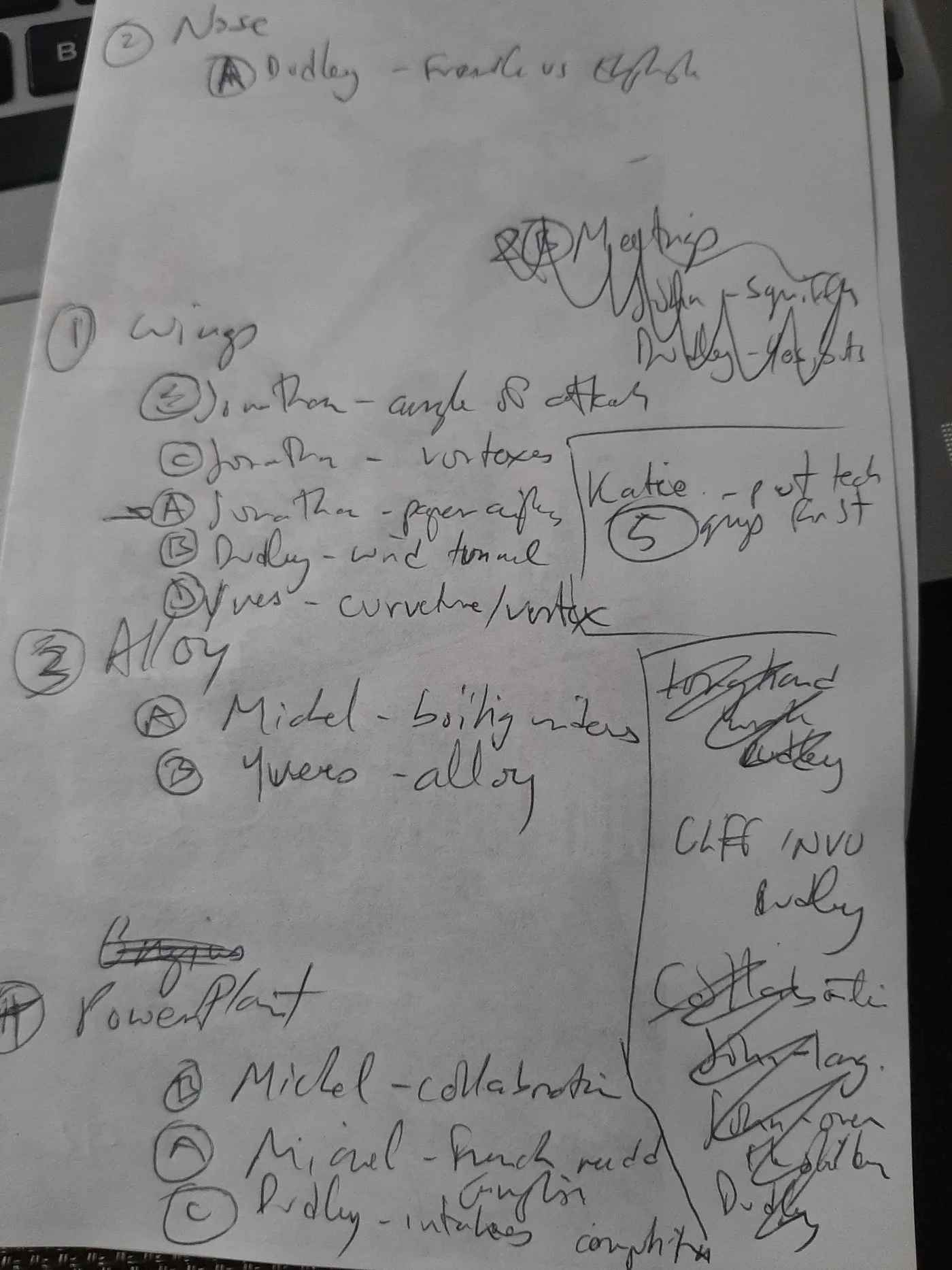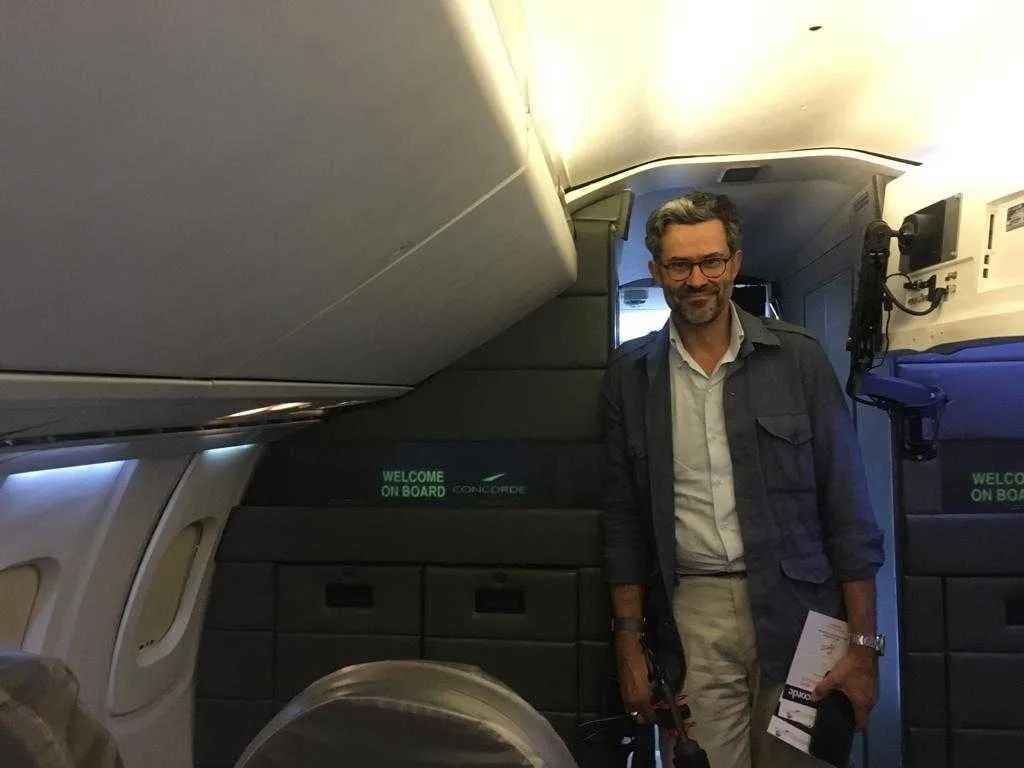How I Learned To Love Serialized Podcasting

Serialized podcasts are not new. Neither is making them. Except for me. I’d never made one at Pacific Content and even as a company, we’d only ever made a single serialized branded series — the marvelous Bring Back Bronco. So when we embarked on “Making an Impossible Airplane: The Untold Story of Concorde” for Atlassian’s fourth season of Teamistry, I had an awful lot to learn. And fast. But now that all six episodes are released, I want to share what I learned from the experience.
First, I had to answer a few key questions: Can the story sustain an entire season? How is planning for serialized content different from episodic? And do we gather six times as much material? Or even more?
Focus statement
Planning the series began with a call to my colleague who’d developed Bronco. His advice was simple but profound: what is the single question the series is trying to answer? Figuring this out would focus my planning and, eventually, focus the listener’s journey through that series.

We played with several ideas until one arose directly from our research: “How do you make an impossible airplane?” This question lead to our focus statement: “Teams of aviation designers and engineers used wild collaboration to design, build, and keep airborne the world’s only successful supersonic passenger jet because of a dream to do the impossible.” Therefore, our focus would be the people who designed, built and maintained Concorde. And that the tension that drove the entire series would be their struggle against what was impossible.
What is the single question the series is trying to answer?
Planning each episode
As I mentioned in my blog post about recording this series in the field, planning the episodes was essential to our process. Even though we knew we’d discover new ideas, characters, and scenes while recording in France and Britain, before we started interviewing, we had to have a clear idea of what we were after. And so I laid out all six episodes in advance: what era they’d be set in; what main themes they would capture; and what key scenes they would contain. And remarkably, the final series matches up pretty well with that initial outline. However, some things shifted, of course. For instance, I had planned to make the first episode all about the initial design and building of the Concorde prototypes, while episode two would focus on the US and Soviet attempts at supersonic passenger flight. But once all our recording was done, I realized we had so much engaging content just on the initial design, I had to shift the building scenes to episode two. Thankfully, that solved a problem with the initial outline: a lack of Concorde in episode two. Now, episode two stayed focused on our main subject, the airplane itself, with the Cold War story in the background.
Sketching out the series also helped determine if the idea could sustain six episodes. Having a good sense of the entire arc, I tried not to think in terms of episode numbers and just laid out what I thought would make a good episode and then moved on to the next one. When I was done, I was left with six episodes. But here’s a key difference between serialized and episodic: each episode in a serialized series needs to connect to the whole, while also standing alone as an experience for the listener. We’re not just creating a four-hour podcast and slicing it into six pieces. And that’s where finding key scenes and a focus for each episode was essential. Not to mention the classic cliché element of serialized content: ending each episode with some kind of cliffhanger. Which is tricky to do when the overall story is so well-known.

The outline also helped with gathering material. Instead of simply hoovering up as much as we could, we had a focus: those key scenes we were trying to bring to life. All in the service of answering our core question. That said, journalists must be driven by our curiosity and so we captured ideas and scenes in the field that we hadn’t anticipated. With some hard work fitting them into our narrative, they made the show much better than we could have hoped.
Weaving the Story
Once we started putting episodes together, I encountered another challenge: keeping track of so many threads. Like all great serialized storytelling, you don’t want to give away the ending but you do want to leave a lot of things unanswered, to bring it all together in the finale. And this meant not finalizing our first episode until the final episode was built. Once that was ready, we did an analysis of the series in both directions: front to back and back to front. So, did we introduce any threads in early episodes that we didn’t tie up later on (and yup, we caught a couple of those!) And in the other direction, did we make any conclusions at the end that we hadn’t convincingly set up earlier on (nope, seemed to work out!)
Like all great serialized storytelling, you don’t want to give away the ending but you do want to leave a lot of things unanswered, to bring it all together in the finale.
Going Deep
Despite challenges, I fell in love with serialized storytelling for a few reasons. First and foremost is the luxury of time. In a typical episode of Teamistry, where we’d attempt to tell an entire story in thirty minutes or so, each act was relatively short and had to get straight to the point. But with six episodes, stretching out over four hours, we had time to spend with characters, really getting to know them so that their journeys had a deeper significance by the final episode. Or simply allowing the listener to gain a deeper understanding of the subject so that, once again, the payoff, later on, was that much more rewarding.
However, “a luxury of time” should not be taken to mean an unedited, rambling mess of audio. We still applied the same stringent standards to every minute of every episode as we always do. Every minute needed to be essential, engaging, and move the story along.

Not every story needs to be nor should be serialized. But it is one of the most popular formats in podcasting for a very good reason. Impact. And now that I’ve had a taste, I can’t wait to make more.
Sign up for the Pacific Content Newsletter: audio strategy, analysis, and insight in your inbox.
